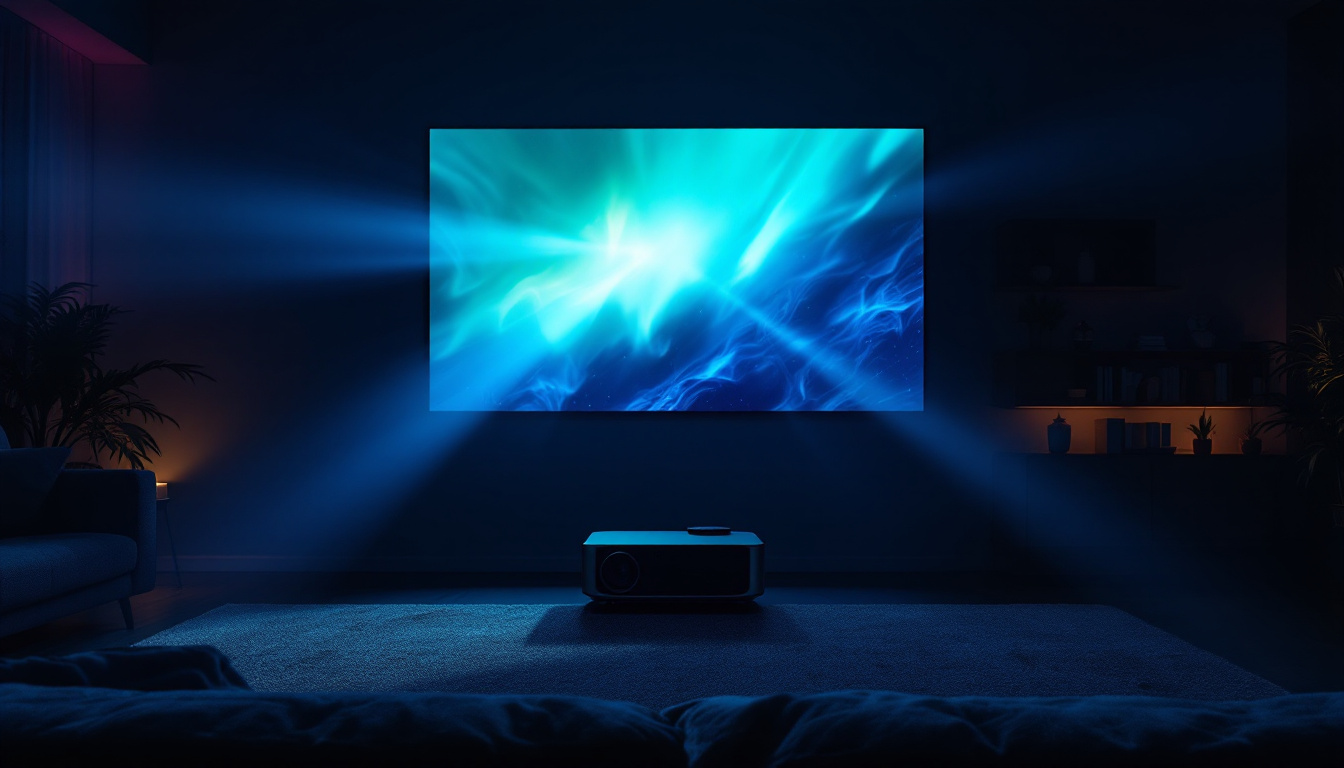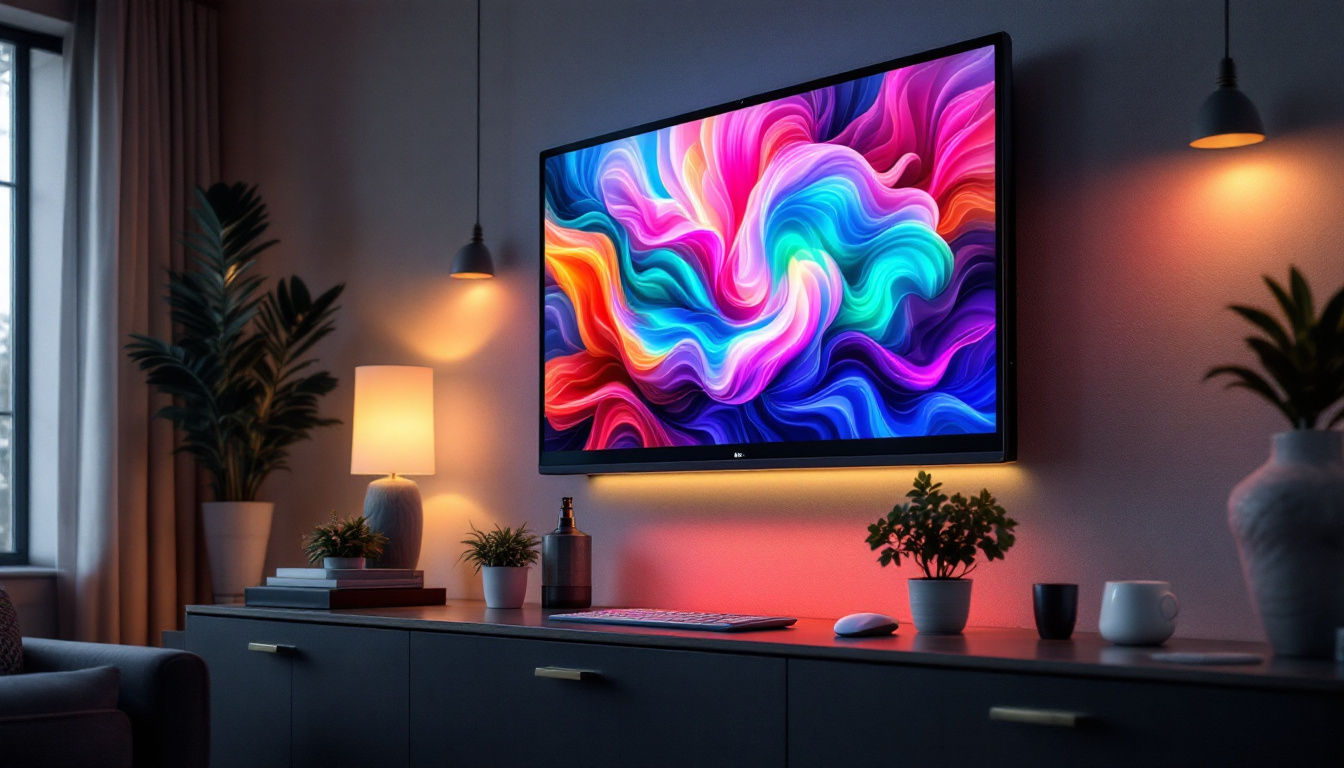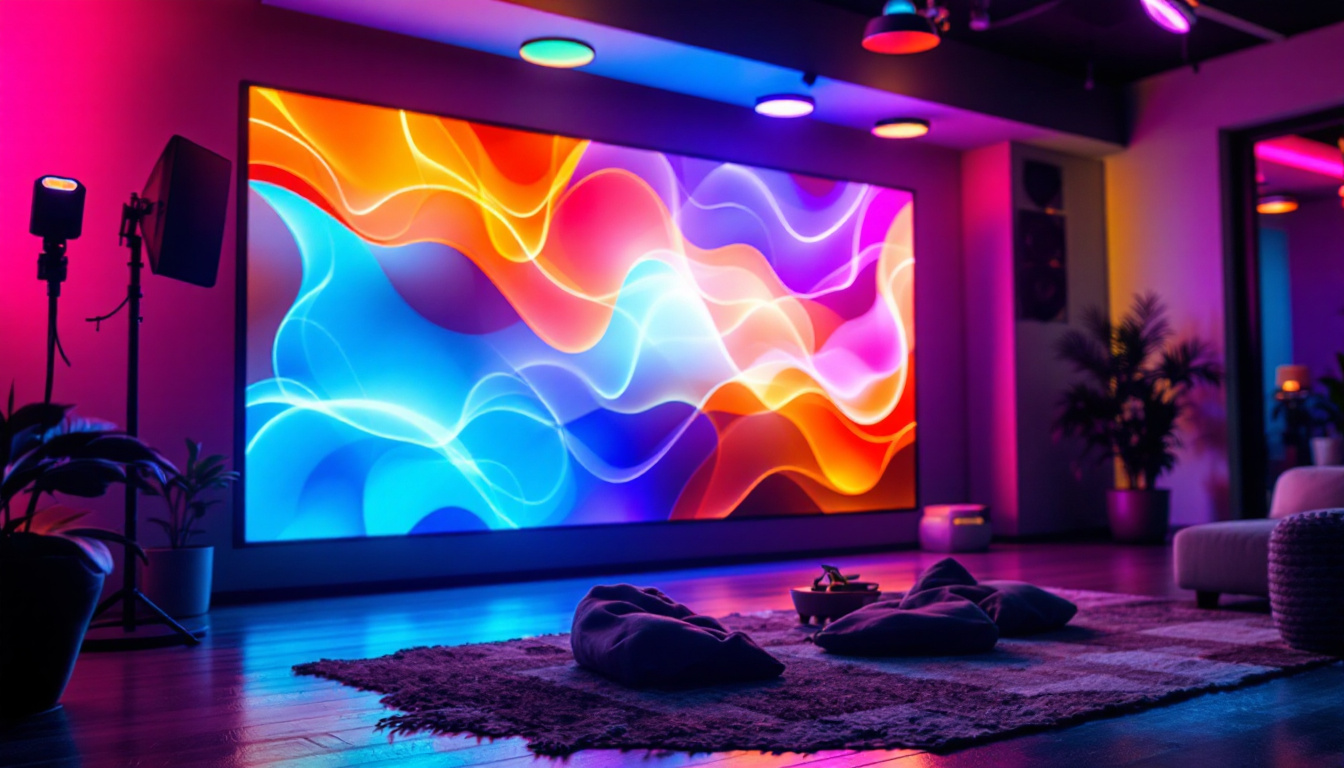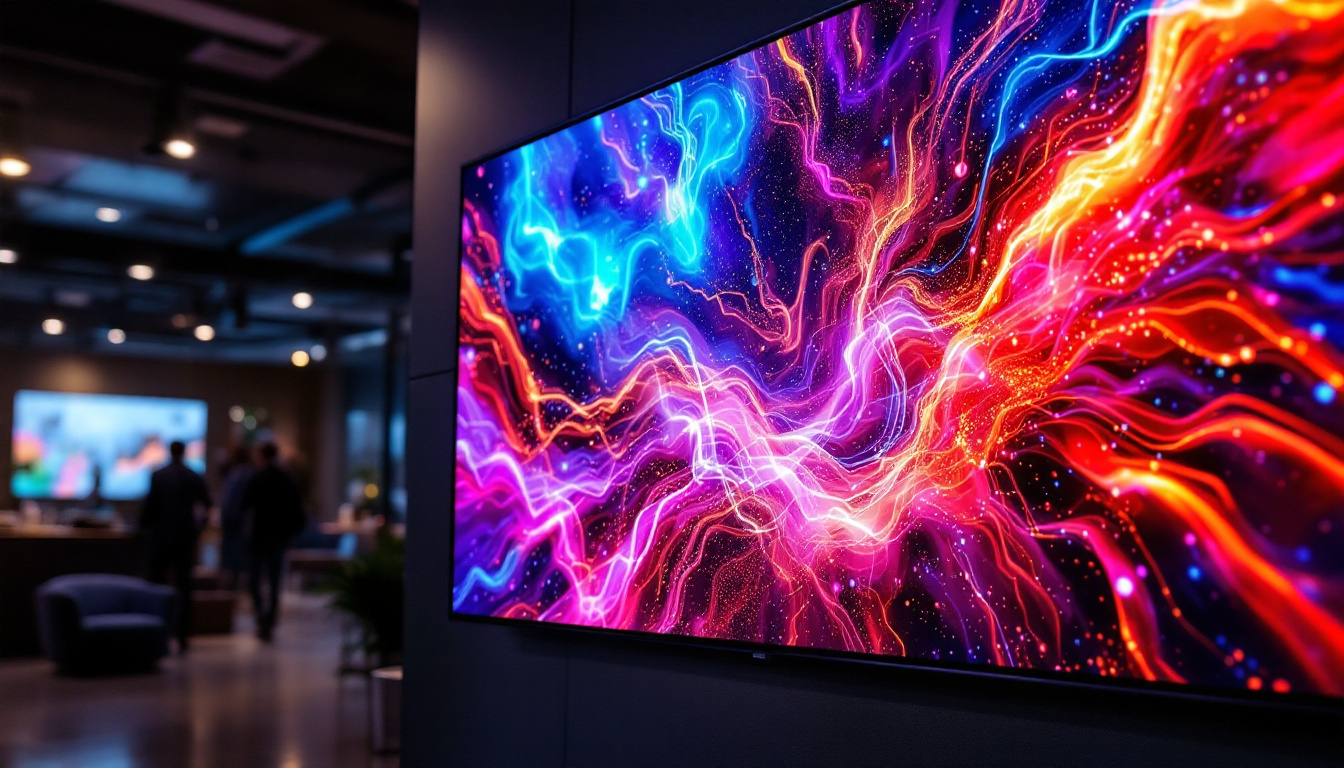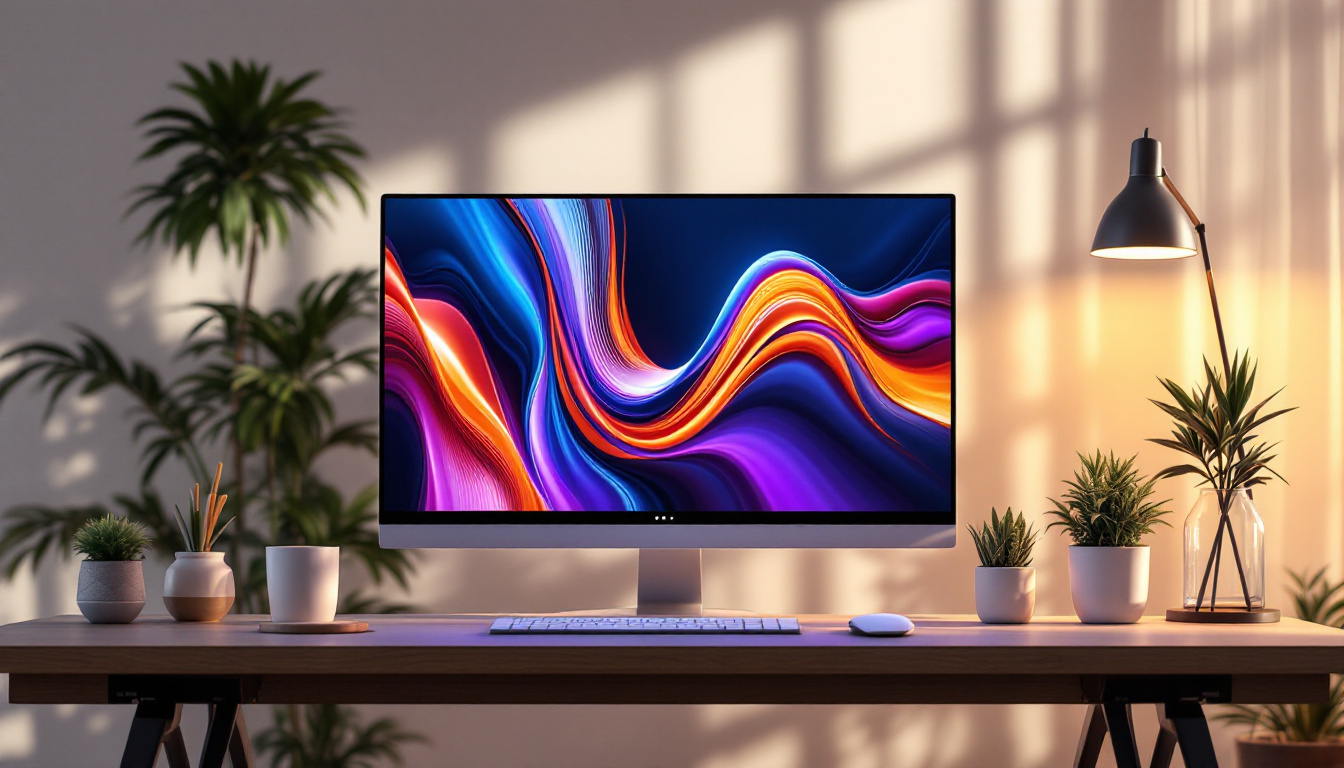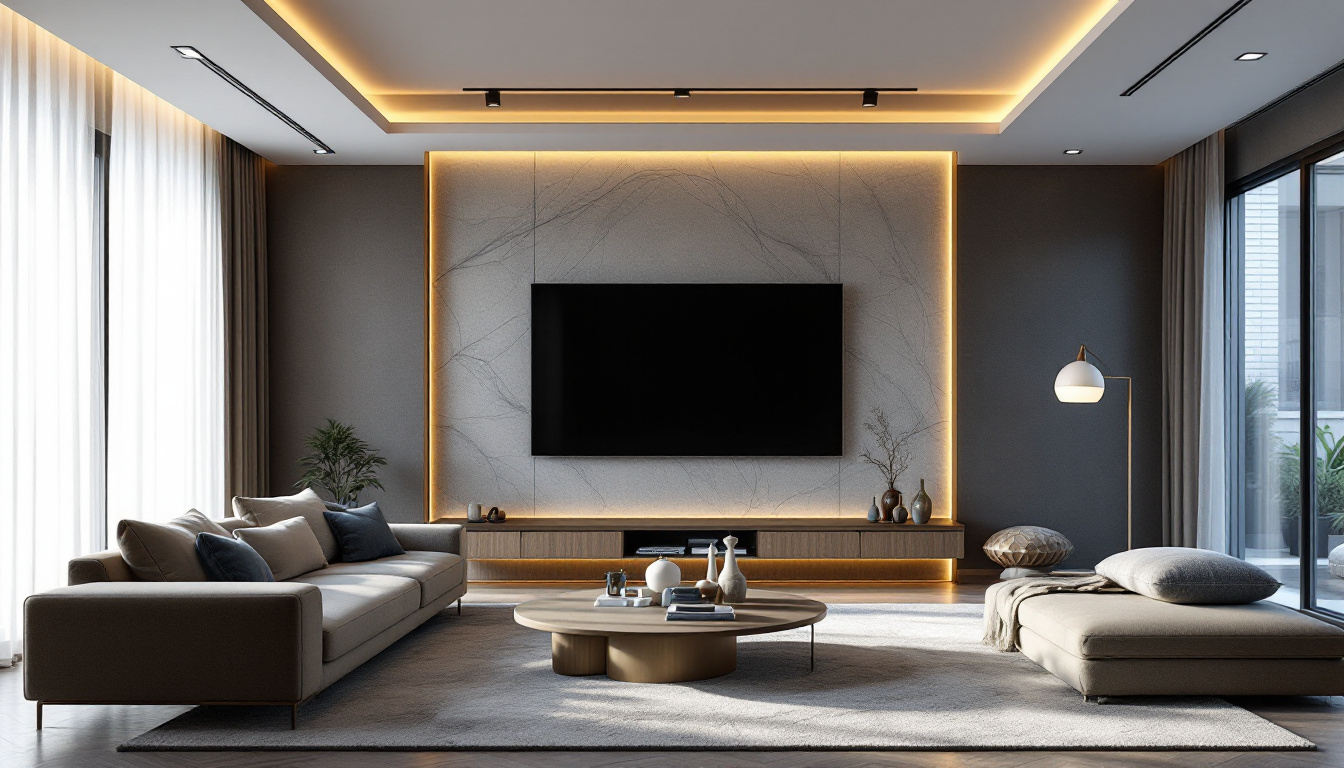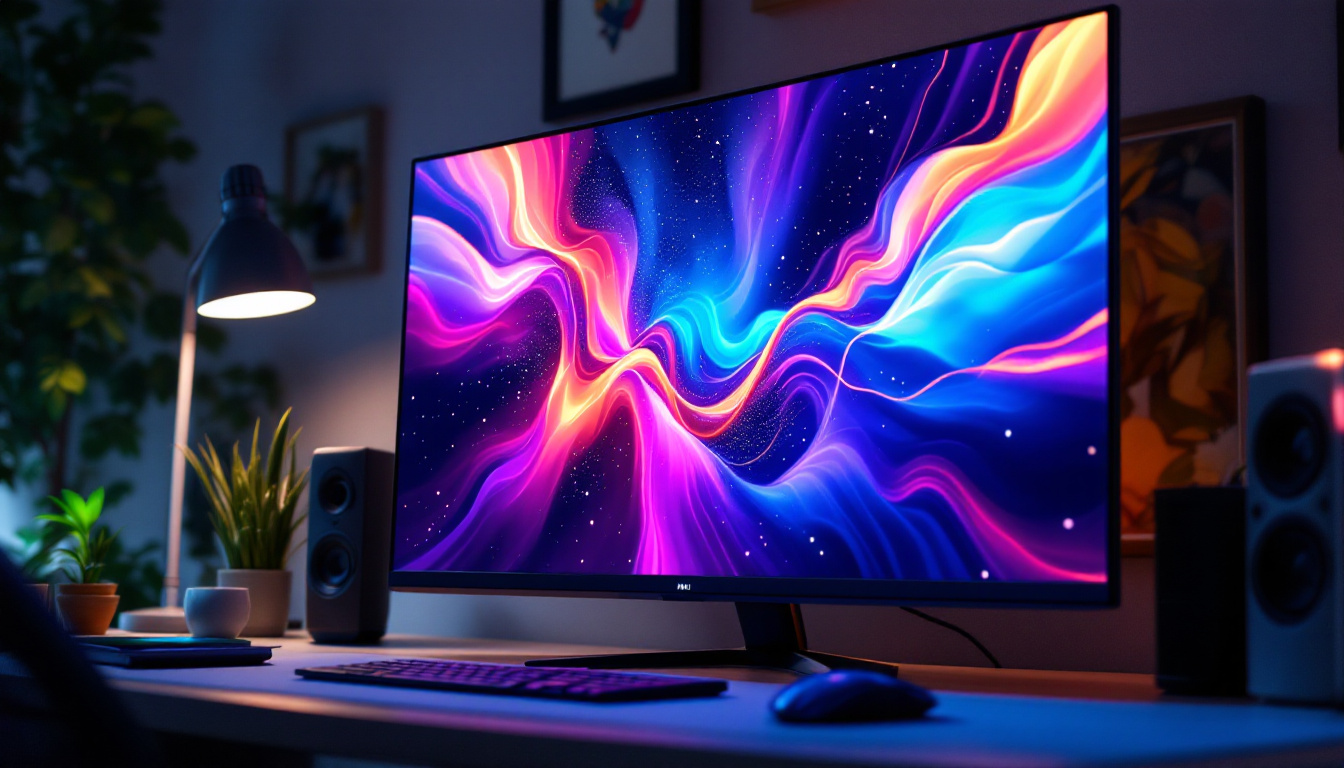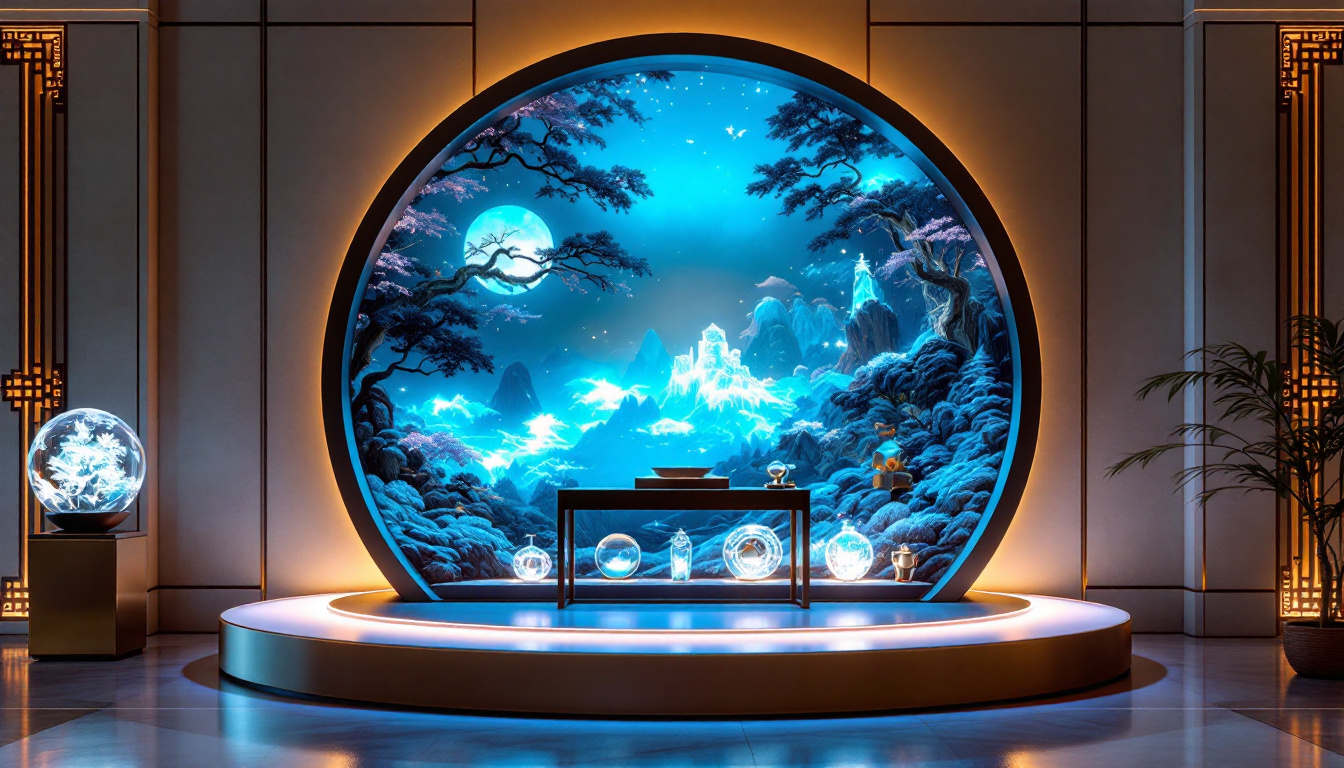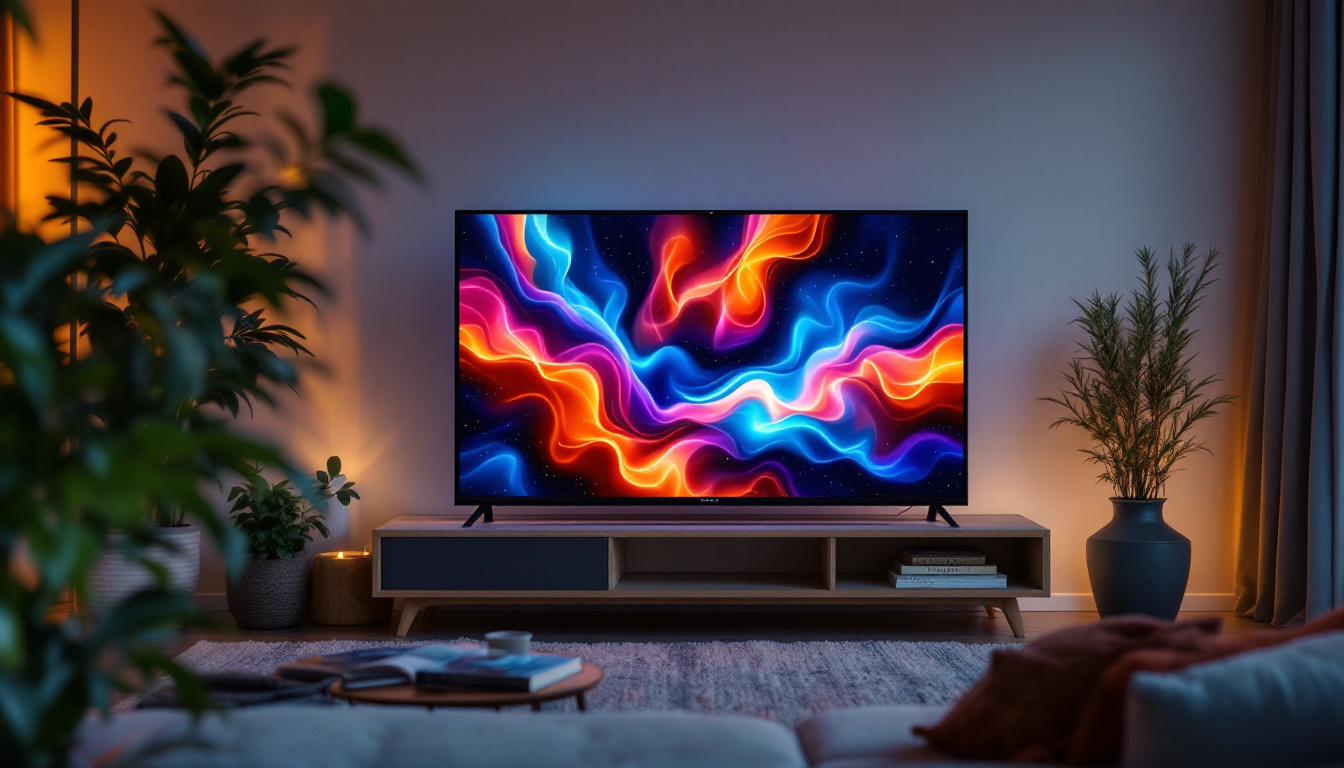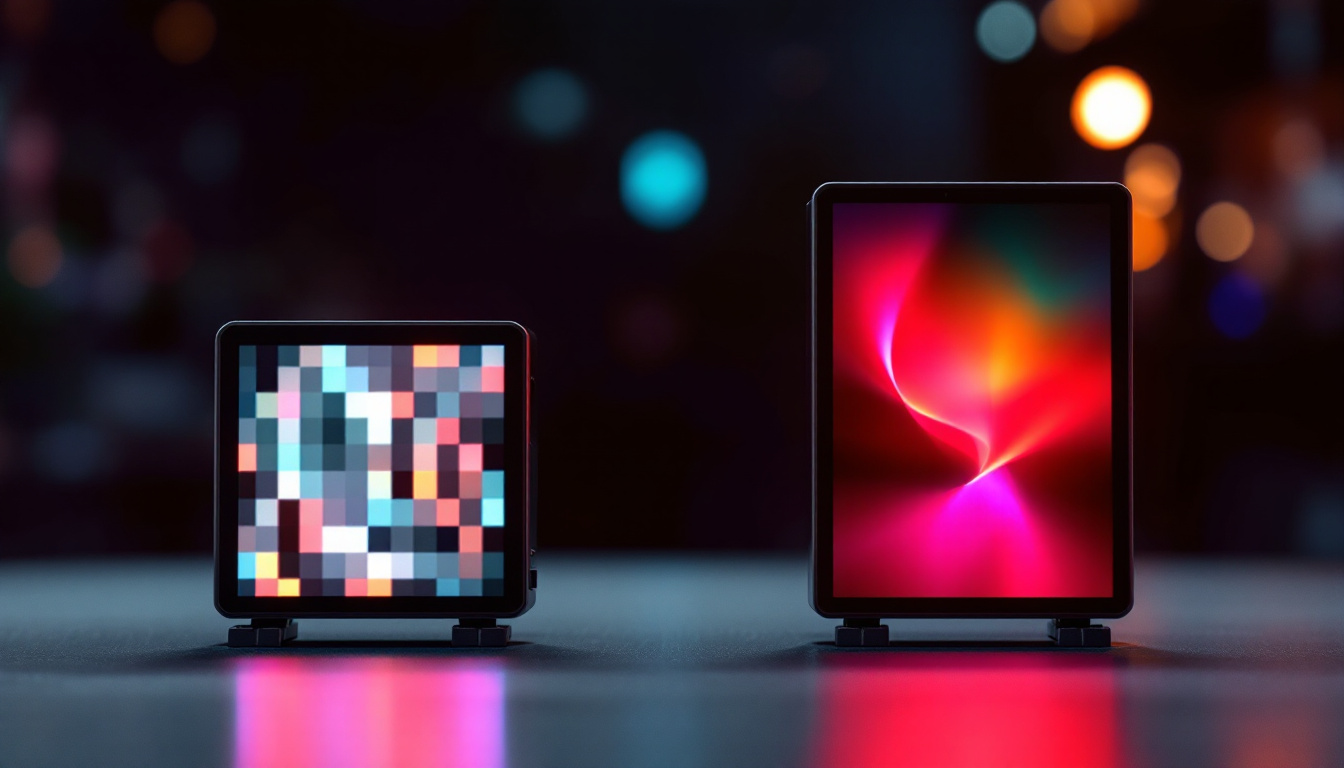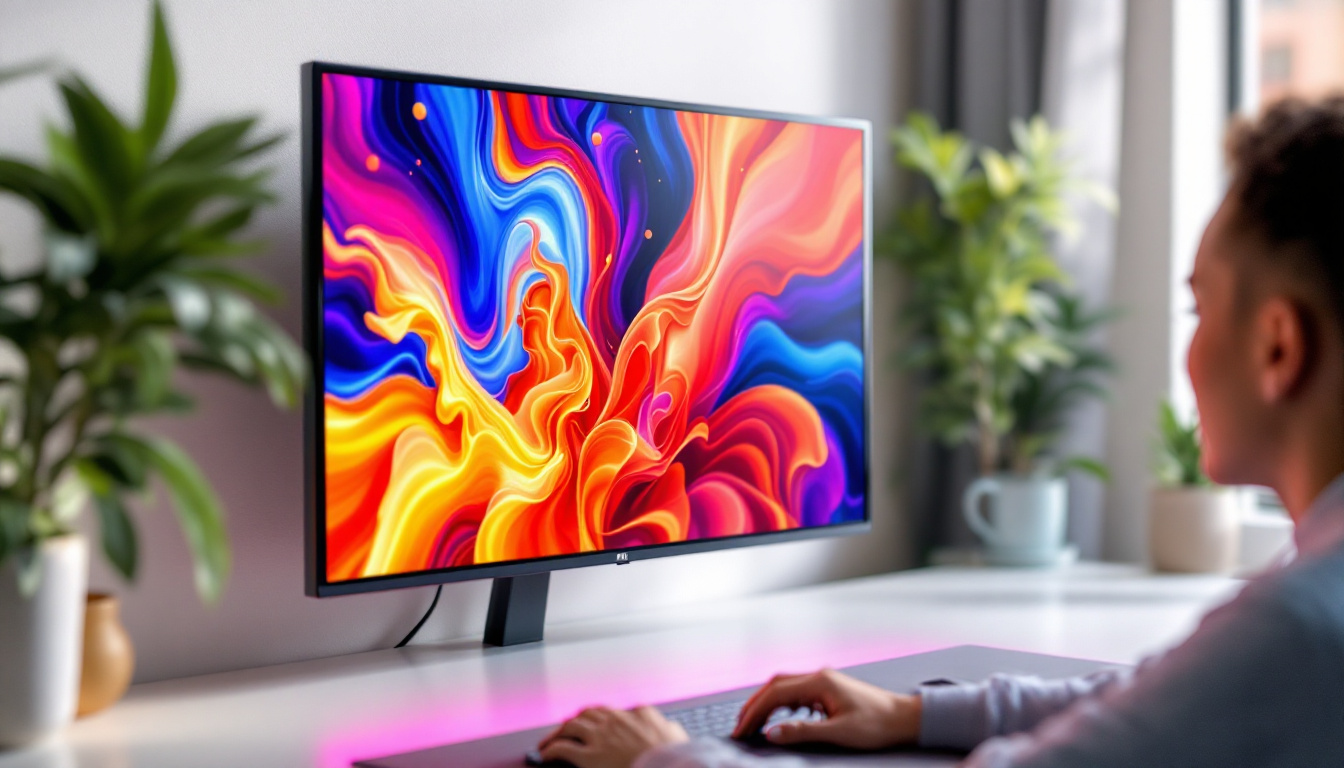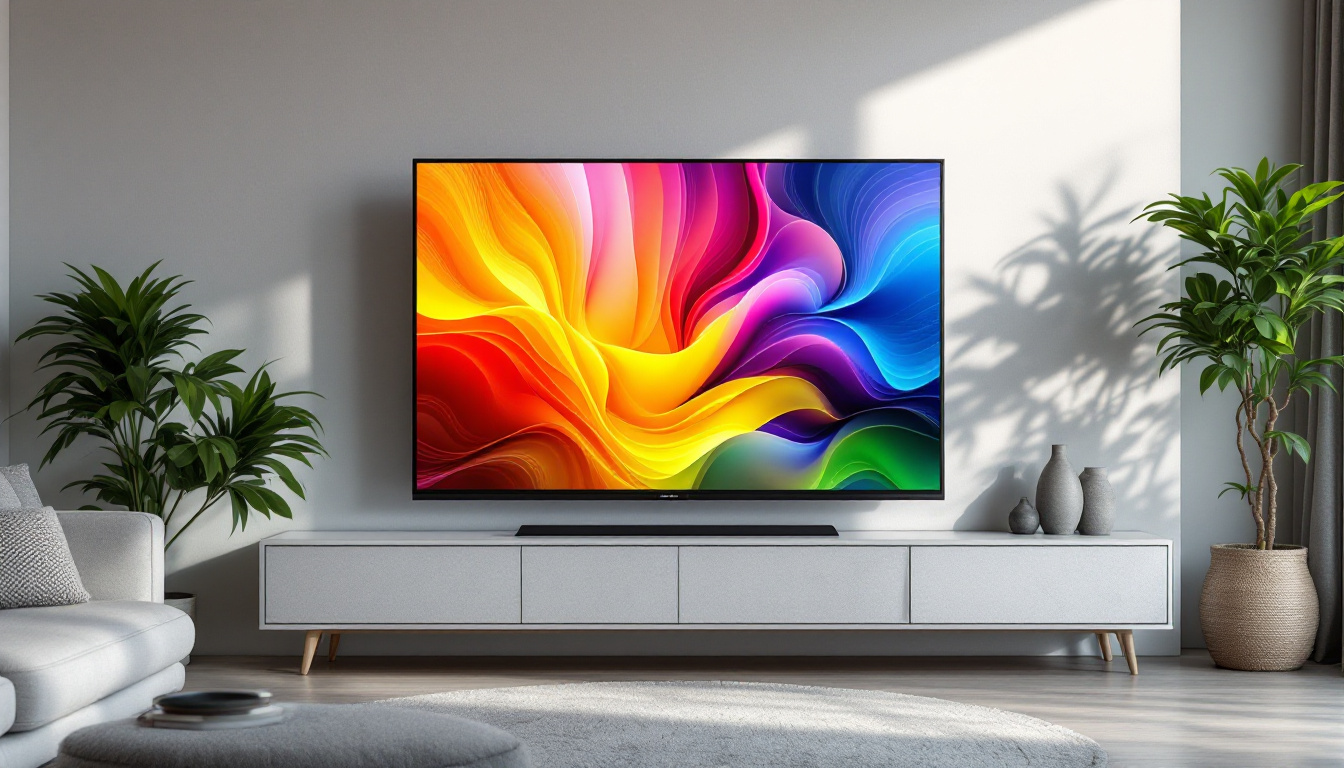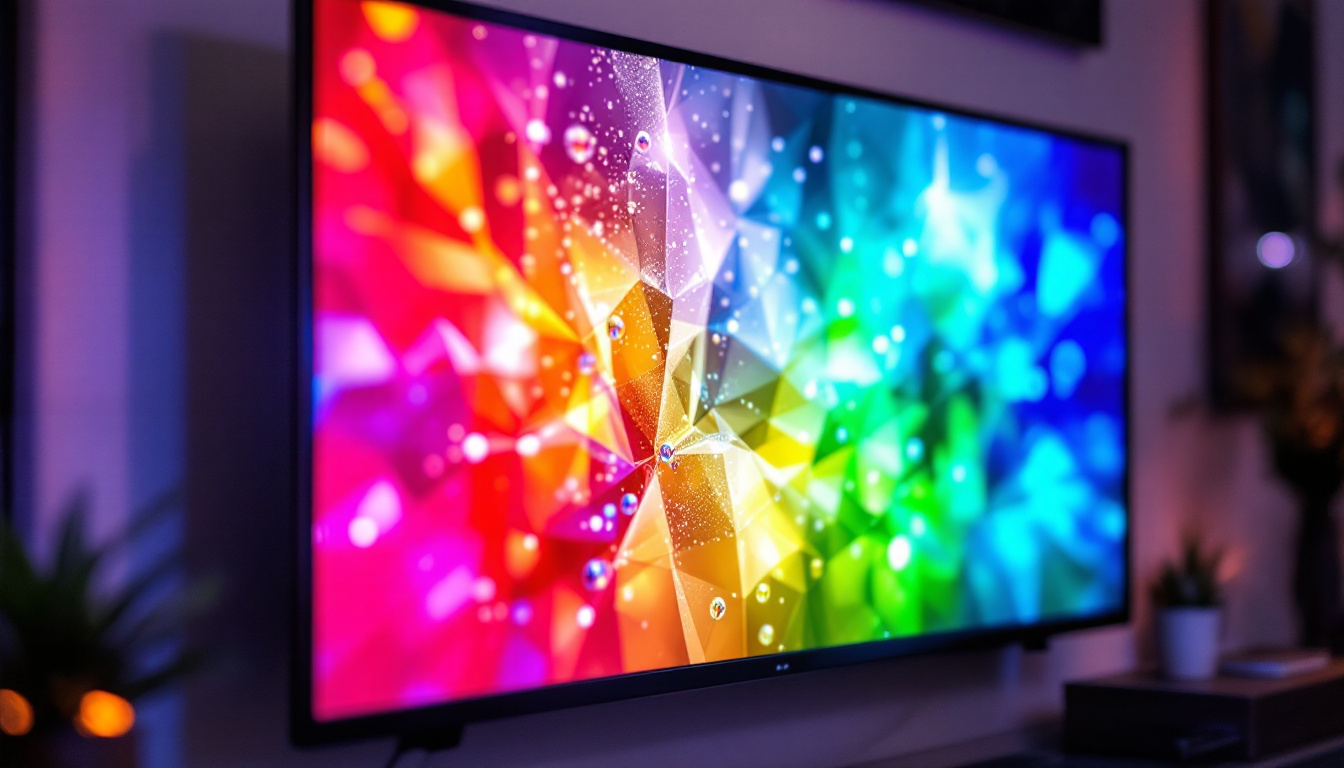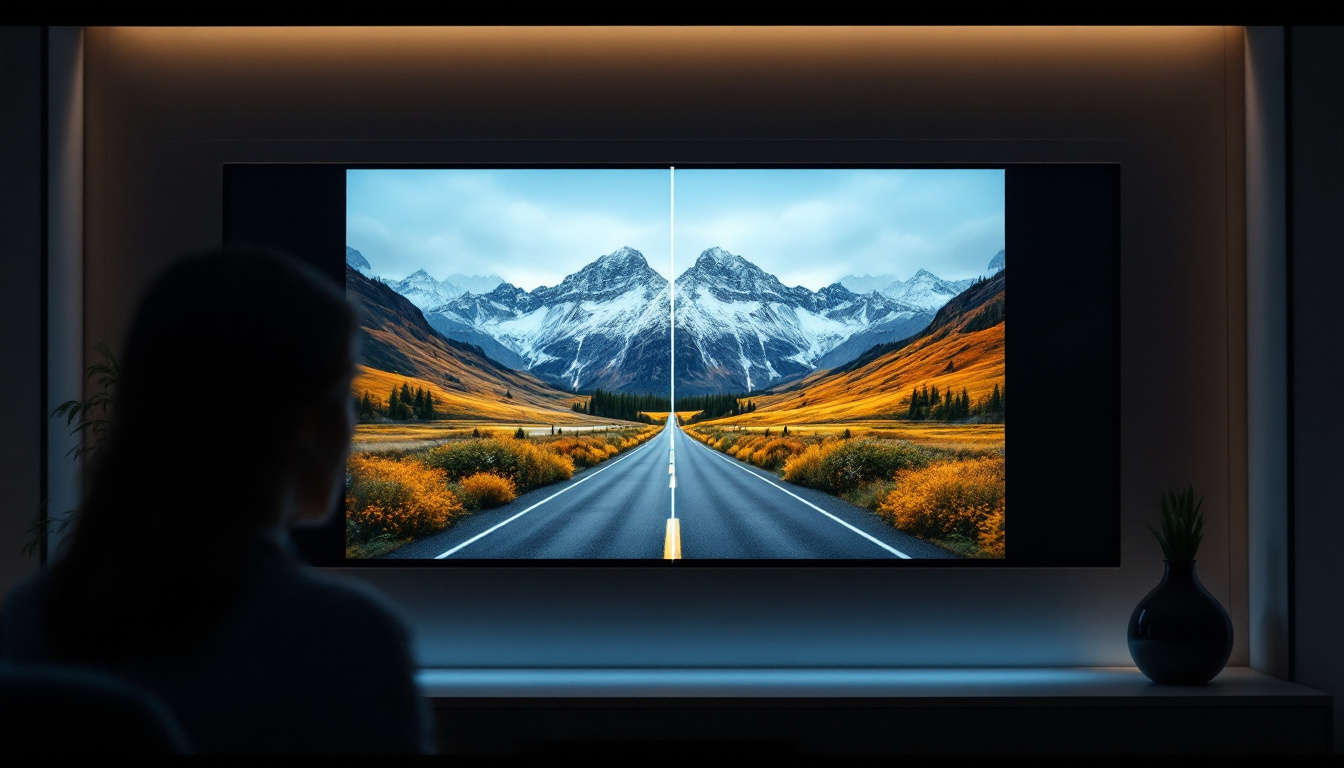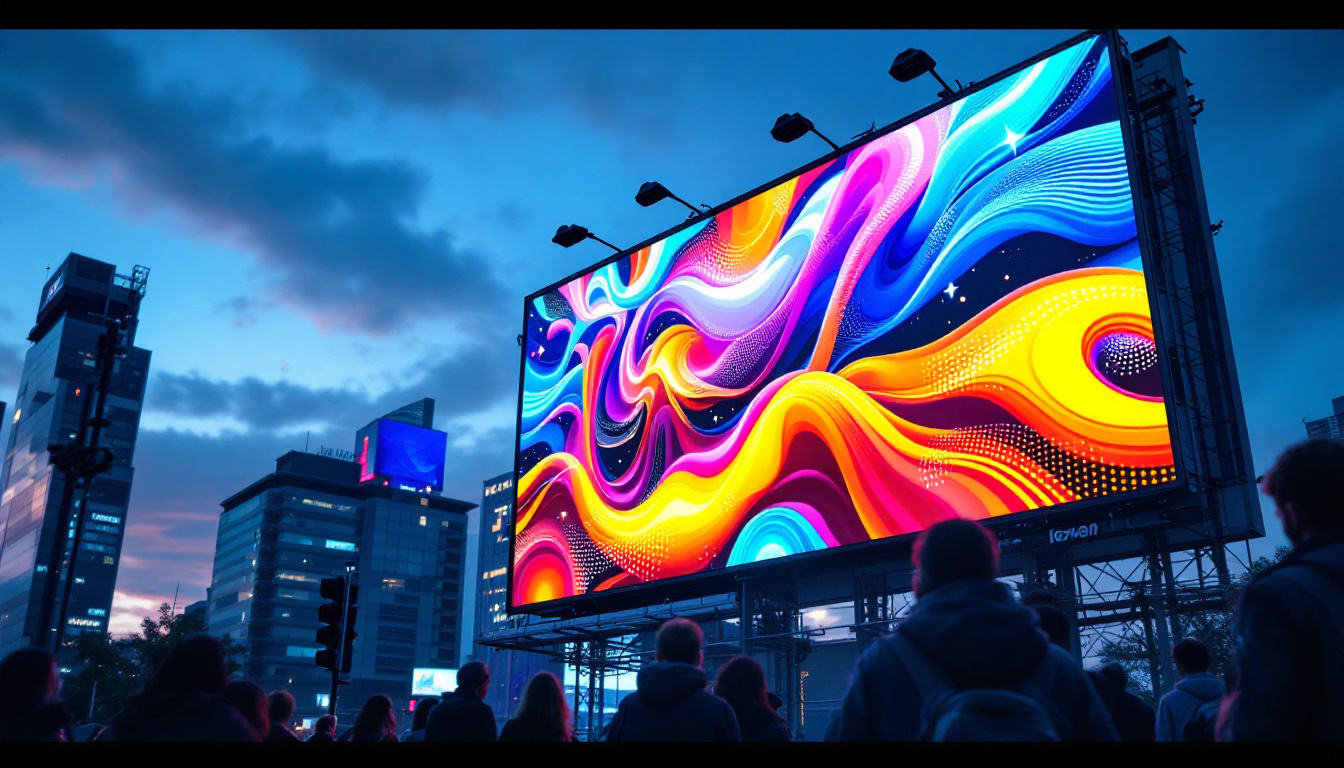LED Vs LCD Projector: LED Display Explained
In the world of projectors, the choice between LED and LCD technology can be quite perplexing. Each type has its own distinct advantages and disadvantages, making it essential to understand their differences before making a purchase. This article will delve into the intricacies of LED and LCD projectors, helping you to make an informed decision based on your specific needs.
Understanding Projector Technologies
Projector technology has evolved significantly over the years, leading to a variety of options available on the market today. Among these, LED and LCD projectors stand out due to their unique features and capabilities. Understanding how each technology works is crucial for making the right choice.
What is an LED Projector?
LED projectors utilize light-emitting diodes (LEDs) as their light source. This technology has gained popularity due to its energy efficiency and long lifespan. Unlike traditional lamps, which can burn out after a few thousand hours, LED lights can last up to 20,000 hours or more. This longevity translates into less frequent replacements and lower maintenance costs.
Additionally, LED projectors often produce vibrant colors and deeper blacks, enhancing the overall viewing experience. They are particularly well-suited for home theater setups, where color accuracy and contrast are paramount. Furthermore, LED projectors tend to have a compact design, making them portable and easy to set up in various locations, from living rooms to outdoor movie nights. Their low heat emission also means they can operate quietly, which is a significant advantage for immersive viewing experiences.
What is an LCD Projector?
LCD projectors, on the other hand, use liquid crystal display technology to create images. They consist of three separate panels—one for each primary color (red, green, and blue)—that combine to produce the final image. LCD projectors have been around for a longer time and are known for their sharpness and clarity.
One of the key advantages of LCD projectors is their ability to produce bright images, making them suitable for environments with ambient light. They are often favored in business settings and classrooms where presentations need to be clear and visible. Moreover, LCD projectors typically have a wider range of resolutions available, allowing users to select a model that best fits their specific needs, whether for high-definition movies or detailed presentations. This versatility makes them a popular choice among educators and professionals who require reliable performance across various applications.
Comparing LED and LCD Projectors
When it comes to choosing between LED and LCD projectors, several factors come into play. Each technology has its strengths and weaknesses, which can significantly affect the user experience. Below is a comparison of the two based on various criteria.
Brightness and Image Quality
Brightness is a critical factor in projector performance. LED projectors tend to produce less brightness compared to their LCD counterparts. While LED projectors can deliver vibrant colors, they may struggle in well-lit environments. In contrast, LCD projectors usually have higher lumen ratings, making them more effective in bright rooms.
However, when it comes to image quality, LED projectors excel in color reproduction. The use of LEDs allows for a wider color gamut, resulting in more vivid and lifelike images. This makes LED projectors ideal for home theater applications, where color accuracy is crucial. Additionally, LED projectors often feature dynamic contrast ratios, enhancing the depth of images and providing a more immersive viewing experience, especially for films and high-definition content.
Portability and Design
Portability is another important consideration. LED projectors are generally smaller and lighter than LCD projectors, making them easier to transport. This is particularly advantageous for users who need a projector for on-the-go presentations or outdoor movie nights.
Moreover, the compact design of LED projectors often means they can be integrated into various settings without taking up much space. In contrast, LCD projectors can be bulkier, which may limit their portability. Some LED models even come with built-in batteries, allowing for truly wireless operation, which is a game-changer for outdoor events or places where power outlets are scarce. This flexibility can make a significant difference for educators, business professionals, or families looking to enjoy movies under the stars.
Cost and Maintenance
Cost is always a significant factor when making a purchase. LED projectors tend to be more expensive upfront, but their longer lifespan and lower energy consumption can lead to savings over time. Conversely, LCD projectors are generally more affordable initially, but they may require more frequent lamp replacements, which can add to the overall cost.
Maintenance is also a crucial aspect. LED projectors require minimal maintenance due to their long-lasting light source, while LCD projectors may need regular cleaning of the filters and lamp replacements. This difference can influence the total cost of ownership and user experience. Furthermore, some LCD projectors may experience issues such as color decay over time, which can detract from the viewing experience. Users should also consider the availability of replacement parts and customer support, as these factors can greatly impact long-term satisfaction with the chosen projector.
Applications of LED and LCD Projectors
Understanding the specific applications for which each type of projector is best suited can further guide your decision-making process. Different environments and use cases can significantly impact the effectiveness of LED and LCD projectors.
Home Theater and Entertainment
For home theater enthusiasts, LED projectors are often the preferred choice. Their ability to deliver rich colors and high contrast makes them ideal for watching movies and playing video games. The immersive experience provided by LED projectors can enhance the enjoyment of cinematic content.
Additionally, many LED projectors come equipped with features such as 4K resolution and HDR support, further elevating the viewing experience. These features are particularly appealing to those who prioritize image quality in their home entertainment systems. Furthermore, the long lifespan of LED bulbs means that users can enjoy their projectors for years without the need for frequent replacements, making them a cost-effective option for avid movie watchers.
Another advantage of LED projectors is their low power consumption, which not only reduces electricity bills but also contributes to a more eco-friendly home theater setup. With the growing trend of smart home technology, many LED projectors now integrate seamlessly with home automation systems, allowing users to control their viewing experience with voice commands or mobile apps, enhancing convenience and accessibility.
Business and Educational Settings
In business and educational environments, LCD projectors are commonly used due to their brightness and clarity. Presentations in well-lit rooms require projectors that can deliver clear visuals, and LCD projectors excel in this regard. Their ability to produce sharp text and detailed images makes them ideal for lectures, meetings, and training sessions.
Furthermore, LCD projectors often come with features designed for ease of use in professional settings, such as quick setup and connectivity options. This can streamline the process of delivering presentations and enhance productivity. Many models also offer wireless connectivity, allowing presenters to share content directly from laptops, tablets, or smartphones without the clutter of cables, which can be particularly beneficial in collaborative environments.
Additionally, the versatility of LCD projectors extends to their ability to handle various media formats, making them suitable for displaying everything from PowerPoint slides to videos and interactive content. This adaptability is crucial in educational settings where engaging students often requires a mix of visual aids and multimedia resources.
Outdoor and Portable Use
When it comes to outdoor movie nights or portable use, LED projectors are the clear winner. Their lightweight design and battery-operated options make them easy to transport and set up in various locations. Users can enjoy a cinematic experience under the stars without the hassle of complicated setups.
Moreover, the durability of LED projectors makes them suitable for outdoor conditions. They can withstand varying temperatures and humidity levels, which is often a concern for outdoor events. Many LED projectors also feature built-in speakers that provide decent audio quality, eliminating the need for external sound systems in casual settings.
As outdoor gatherings become increasingly popular, some LED projectors now include features like Wi-Fi connectivity and streaming capabilities, allowing users to access their favorite content directly from platforms like Netflix or YouTube. This convenience makes it easier than ever to host movie nights, tailgate parties, or even outdoor presentations, ensuring that entertainment is always at your fingertips, no matter the location.
Future Trends in Projector Technology
The projector market is continually evolving, with advancements in technology leading to new features and capabilities. Understanding these trends can help consumers make informed decisions about their purchases.
Emerging Technologies
One of the most exciting trends in projector technology is the emergence of laser projectors. Laser projectors offer many of the benefits of both LED and LCD technologies, including high brightness, excellent color accuracy, and long lifespan. This hybrid technology is gaining traction in both home and commercial settings.
Additionally, advancements in 4K and 8K resolution are becoming more prevalent. As content becomes available in higher resolutions, projectors that can support these formats will become increasingly popular. Consumers looking for future-proof options may want to consider projectors that offer high-resolution capabilities.
Smart Projectors
Smart projectors are also on the rise, integrating features such as Wi-Fi connectivity, built-in streaming services, and smart assistants. These projectors allow users to access content directly without the need for additional devices, enhancing convenience and ease of use.
The integration of smart technology can significantly improve the user experience, making projectors more versatile and appealing to a broader audience.
Conclusion
Choosing between LED and LCD projectors ultimately depends on individual needs and preferences. LED projectors shine in color accuracy and longevity, making them ideal for home theater applications. In contrast, LCD projectors excel in brightness and clarity, making them suitable for business and educational settings.
As technology continues to evolve, consumers can expect to see exciting advancements in projector capabilities. Whether opting for an LED or LCD projector, understanding the unique features and applications of each technology will ensure a satisfying viewing experience.
In the end, the decision should align with the intended use, environment, and budget. By weighing the pros and cons of each type, users can confidently select the projector that best meets their needs.
Discover LumenMatrix’s Advanced LED Display Solutions
Ready to elevate your visual experience with the latest in LED technology? Look no further than LumenMatrix, where innovation meets excellence. Our extensive range of LED display solutions, from Indoor and Outdoor LED Walls to Custom and All-in-One LED Displays, is designed to captivate your audience and amplify your message. Whether for a home theater or a dynamic business setting, LumenMatrix has the cutting-edge technology to transform any space. Check out LumenMatrix LED Display Solutions today and see the difference for yourself!

